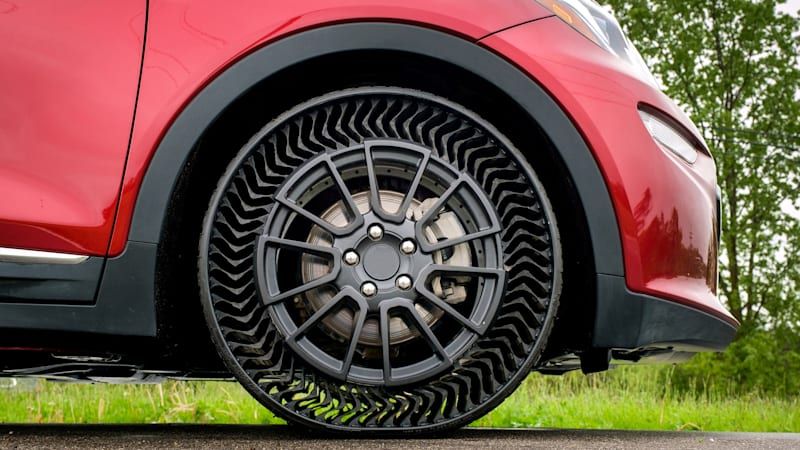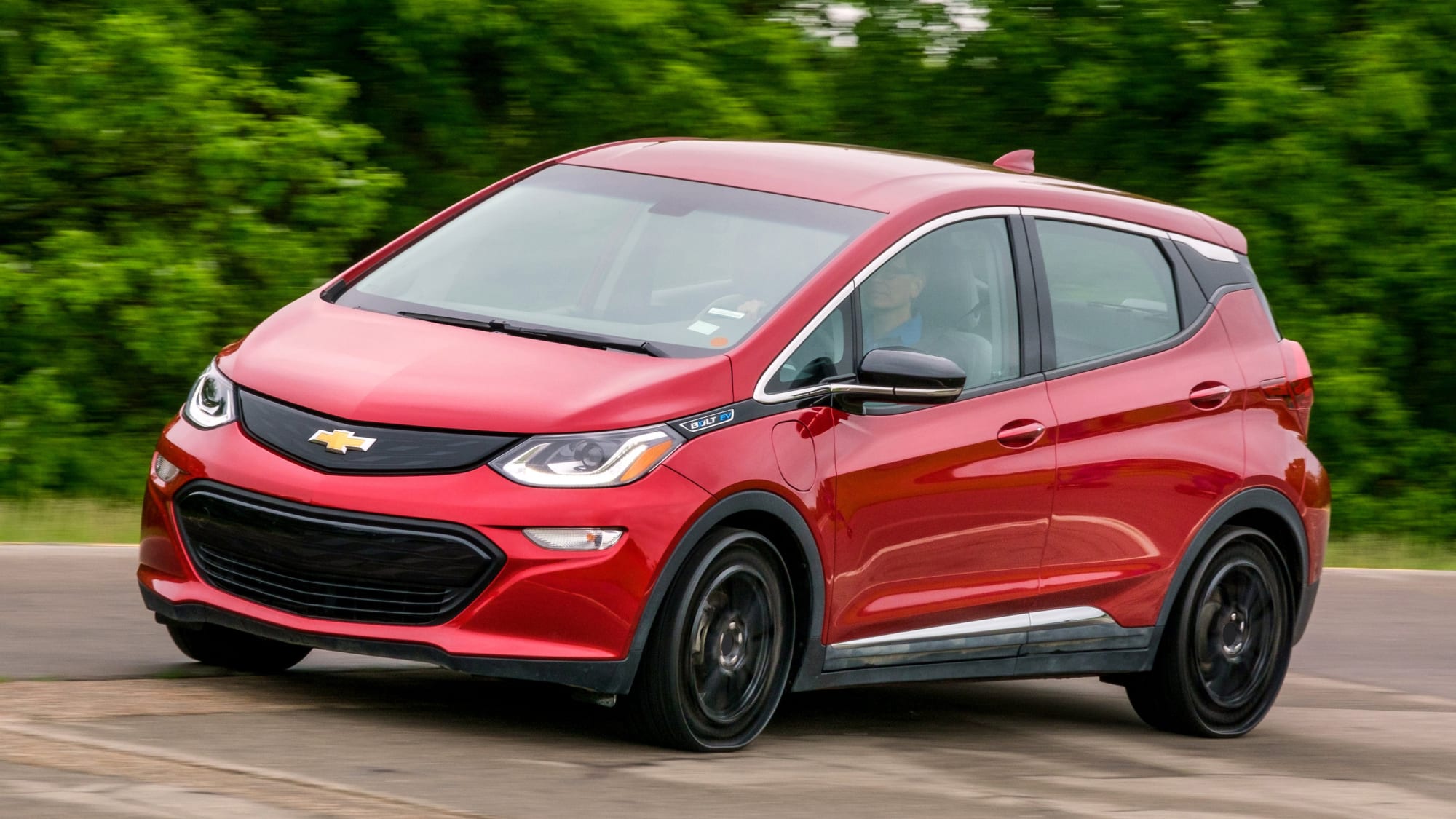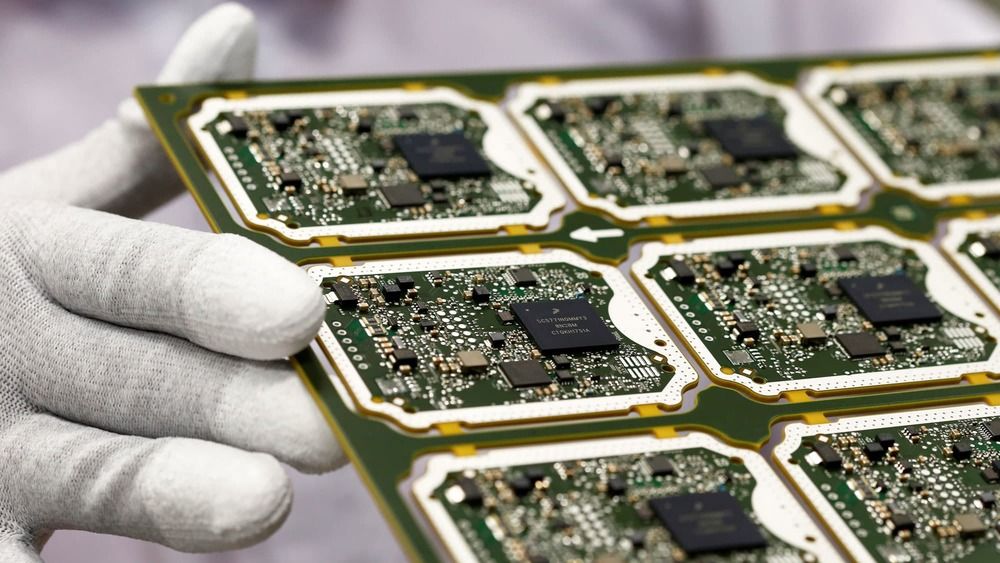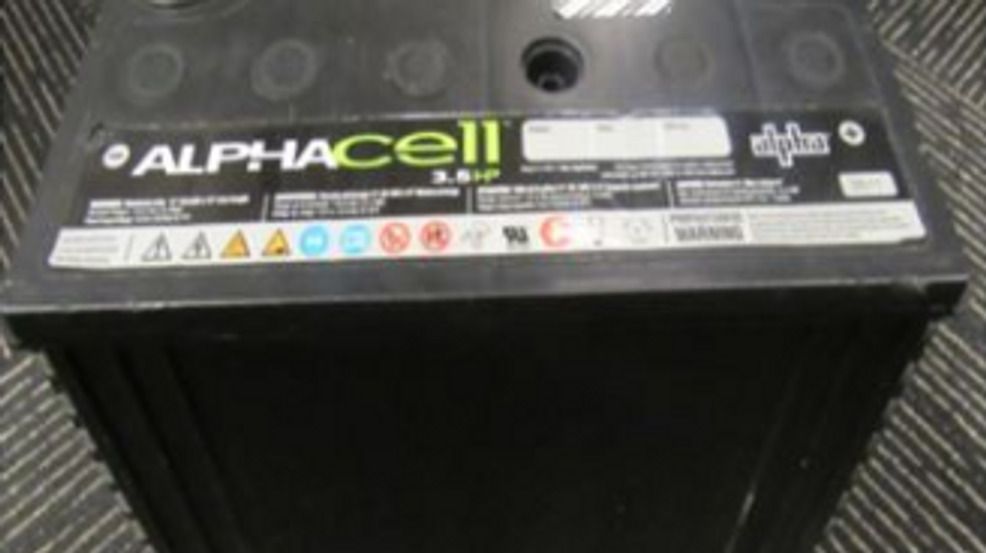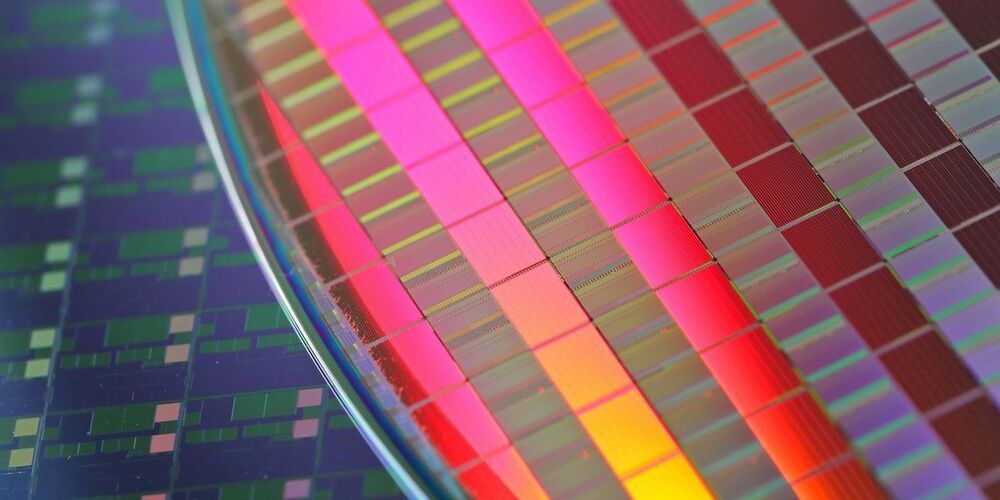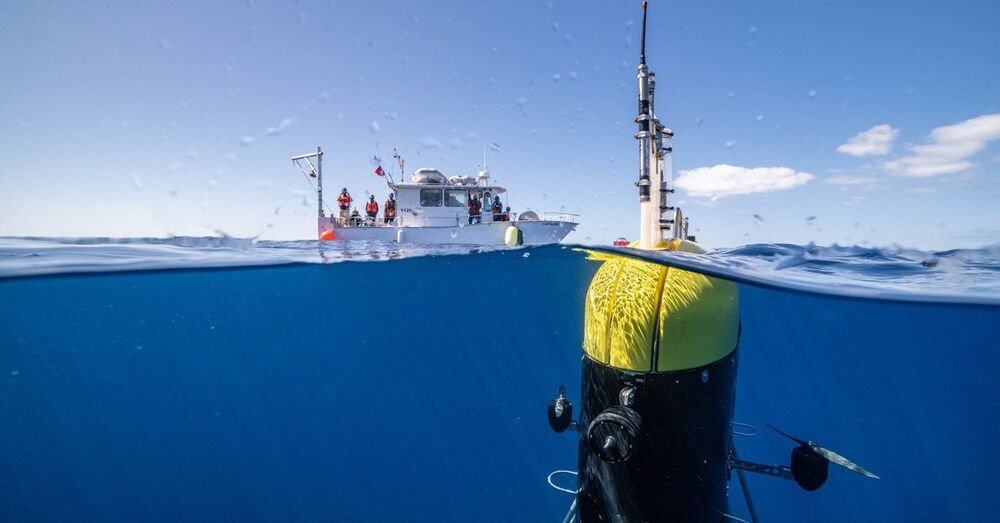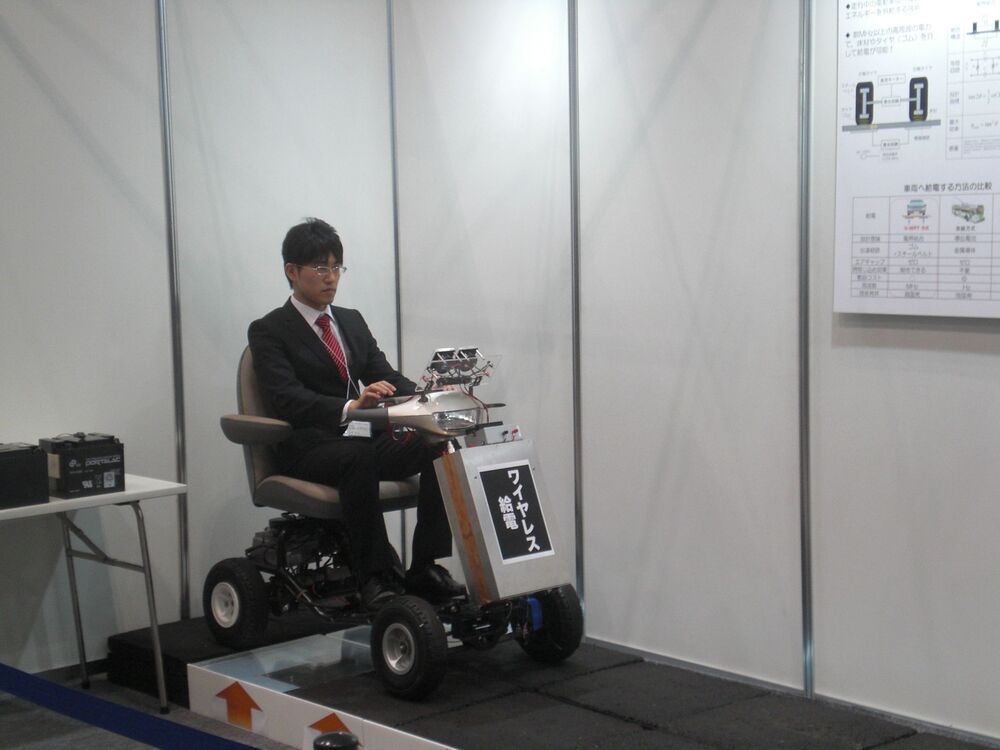The airless tire isn’t a new concept.
Michelin first introduced its idea for one called.
the Tweel over decade ago, and it started selling.
production versions for small lawn and construction equipment a few years back. But what.
Is new about the tech is its use for actual production cars, and that’s where this new Michelin Uptis tire comes in. The Uptis is designed to handle not just the weight of a real car like the old Tweel, but also be able to provide proper grip and durability at highway speeds, too.
Though the design is now more capable, the Uptis airless tire still uses the same basic idea as the Tweel. Sandwiched between the outer tread and the inner aluminum wheel are a bunch of spokes or ribs that substitute air pressure. These spokes are made of a combination of rubber and fiberglass reinforced resin.
